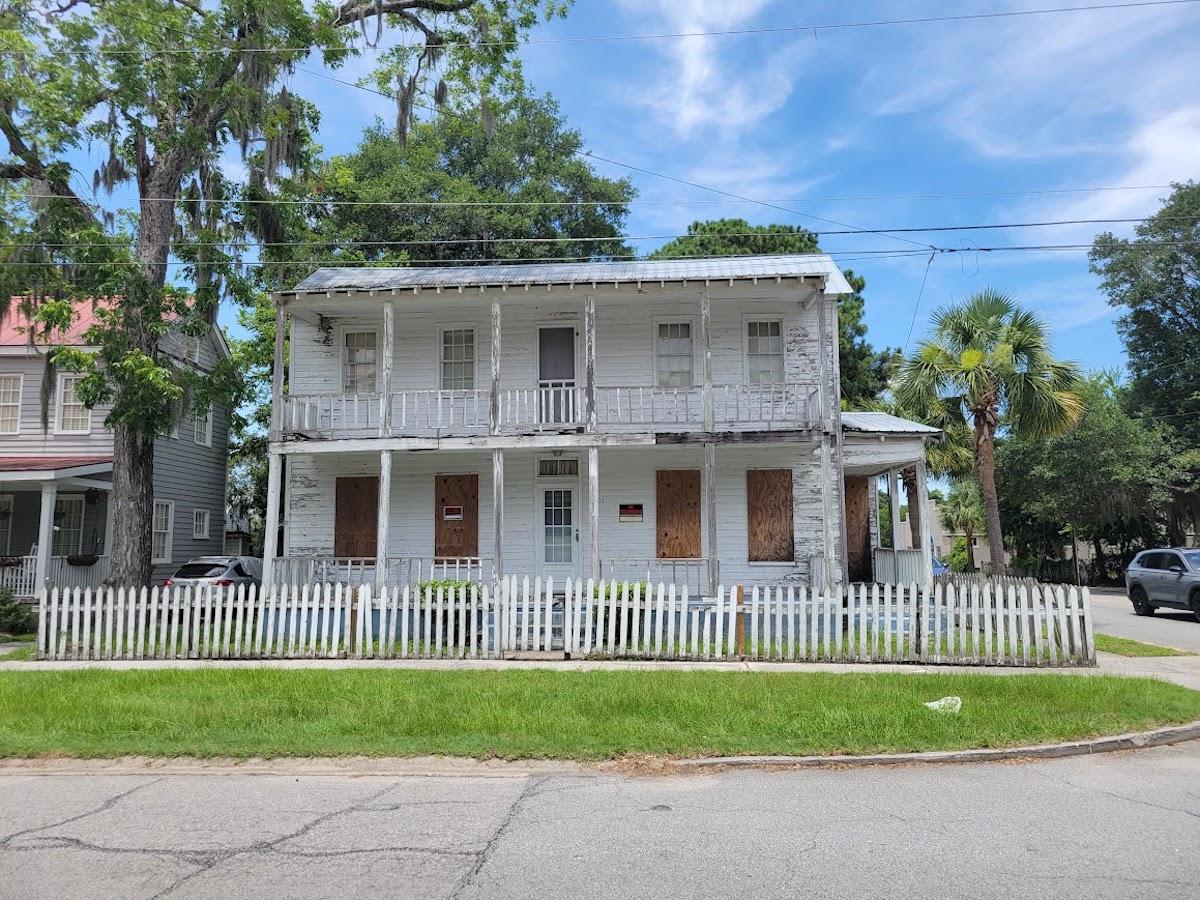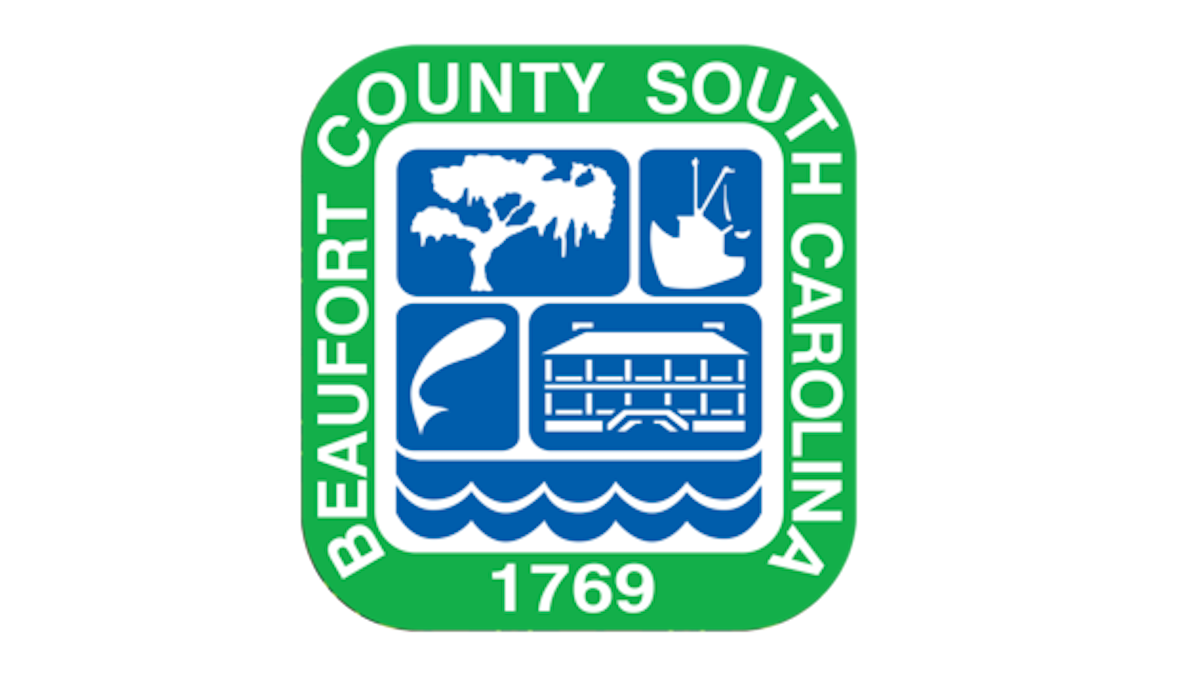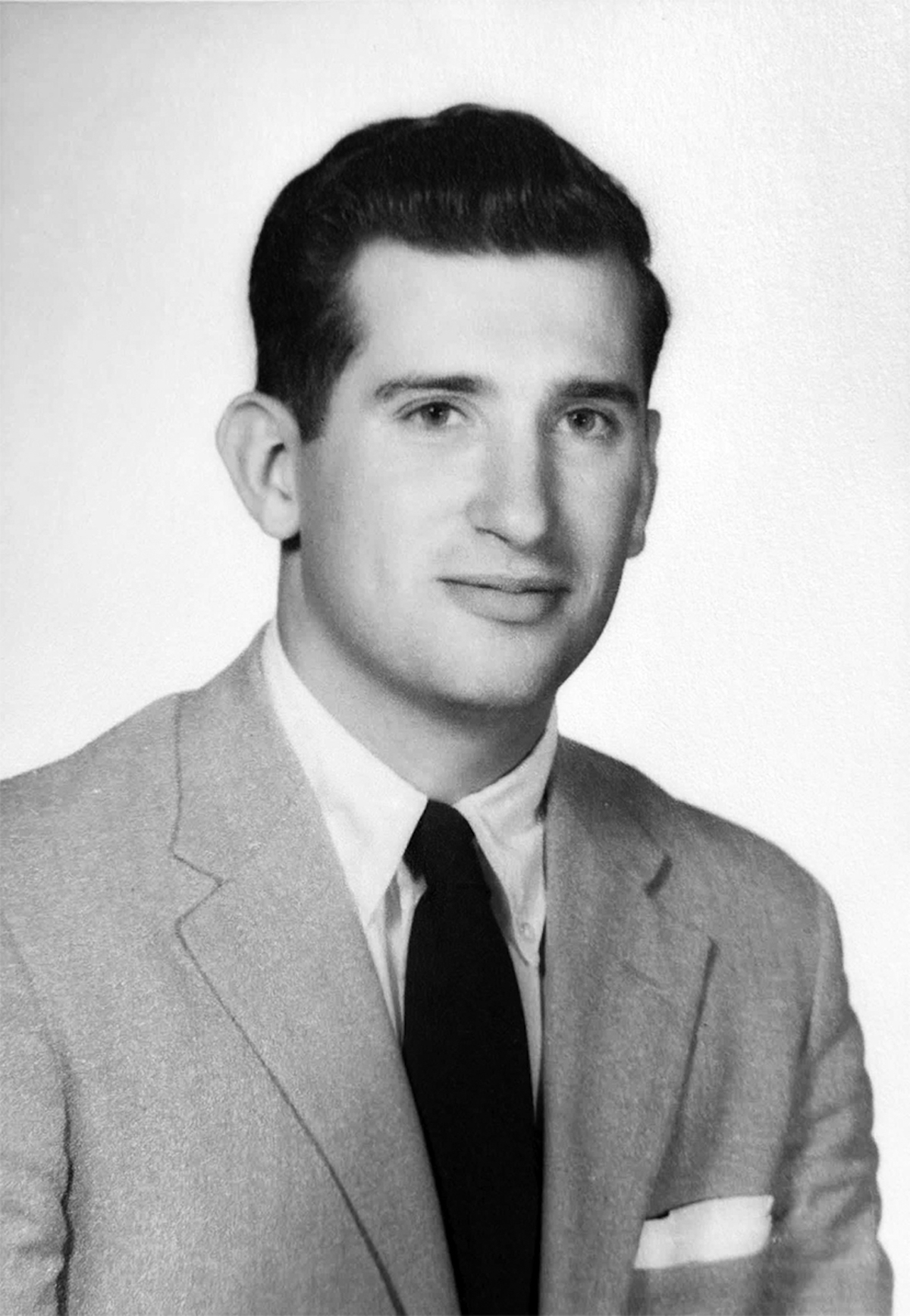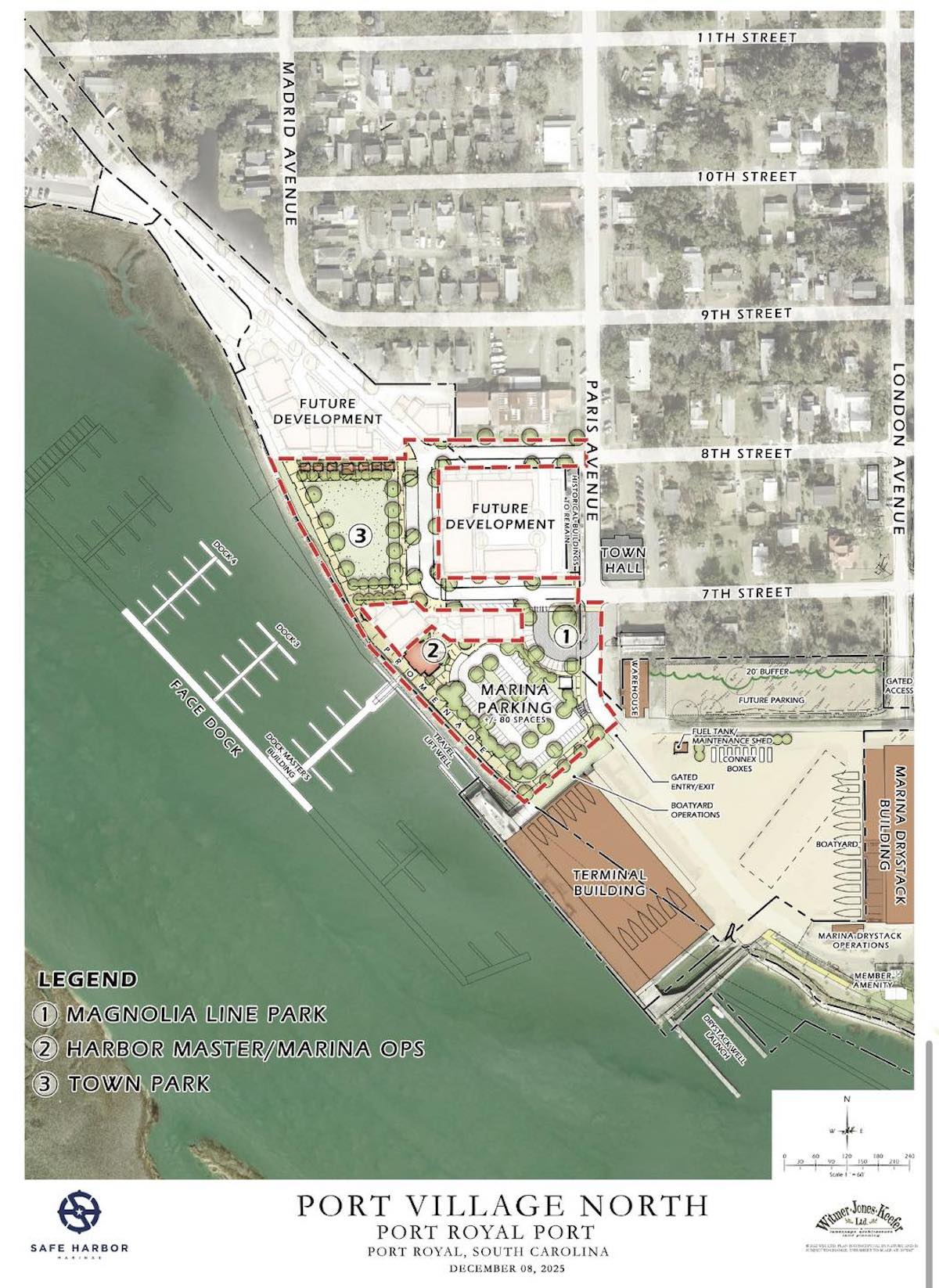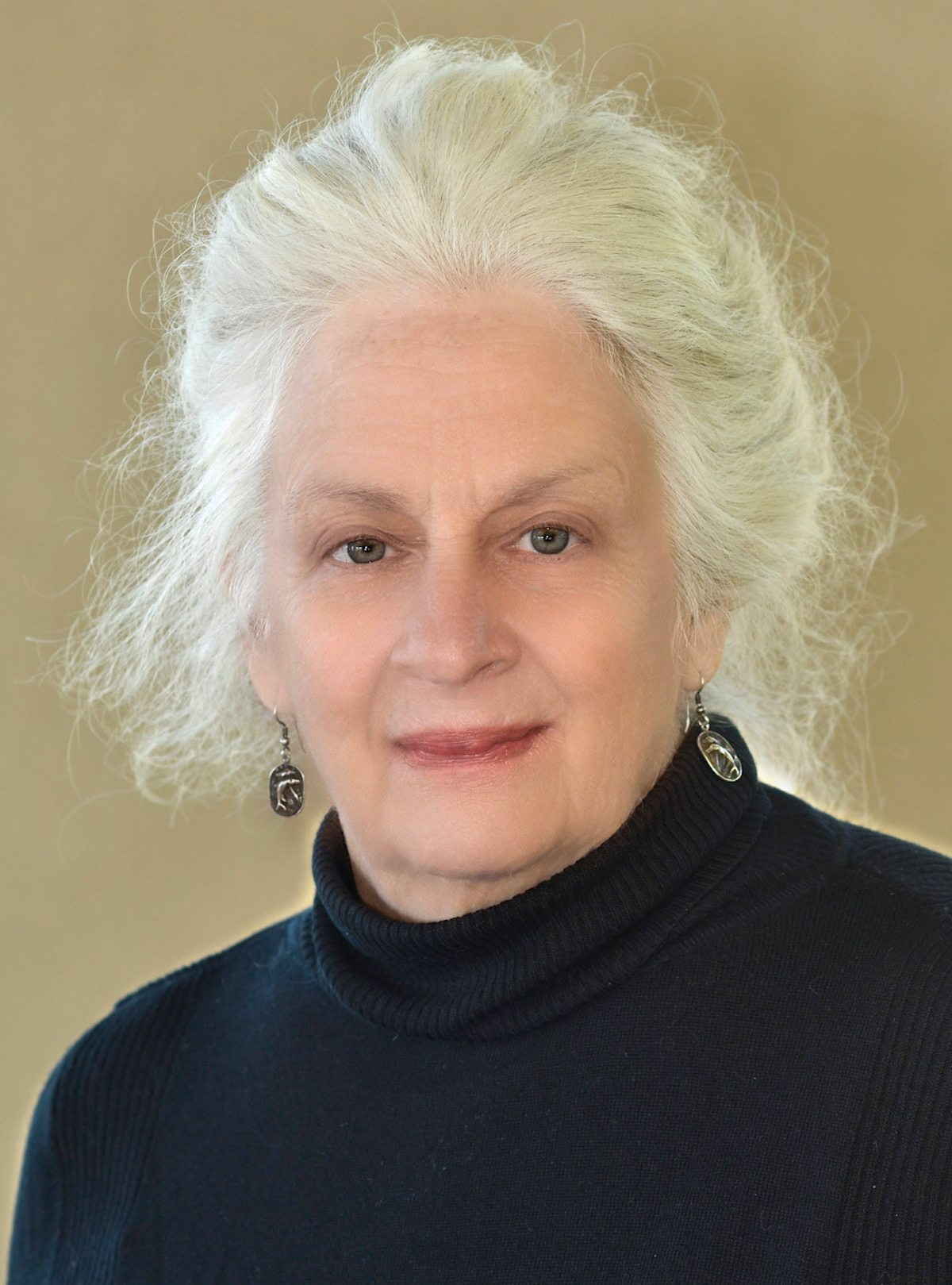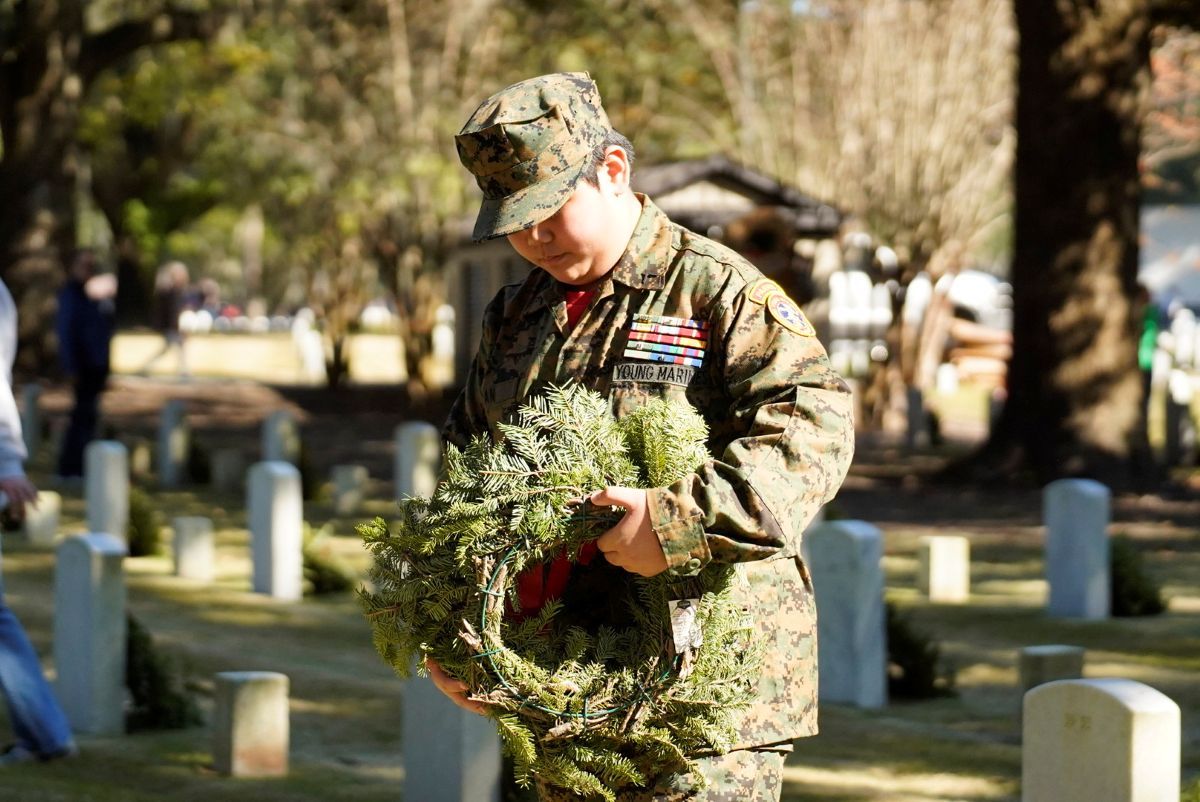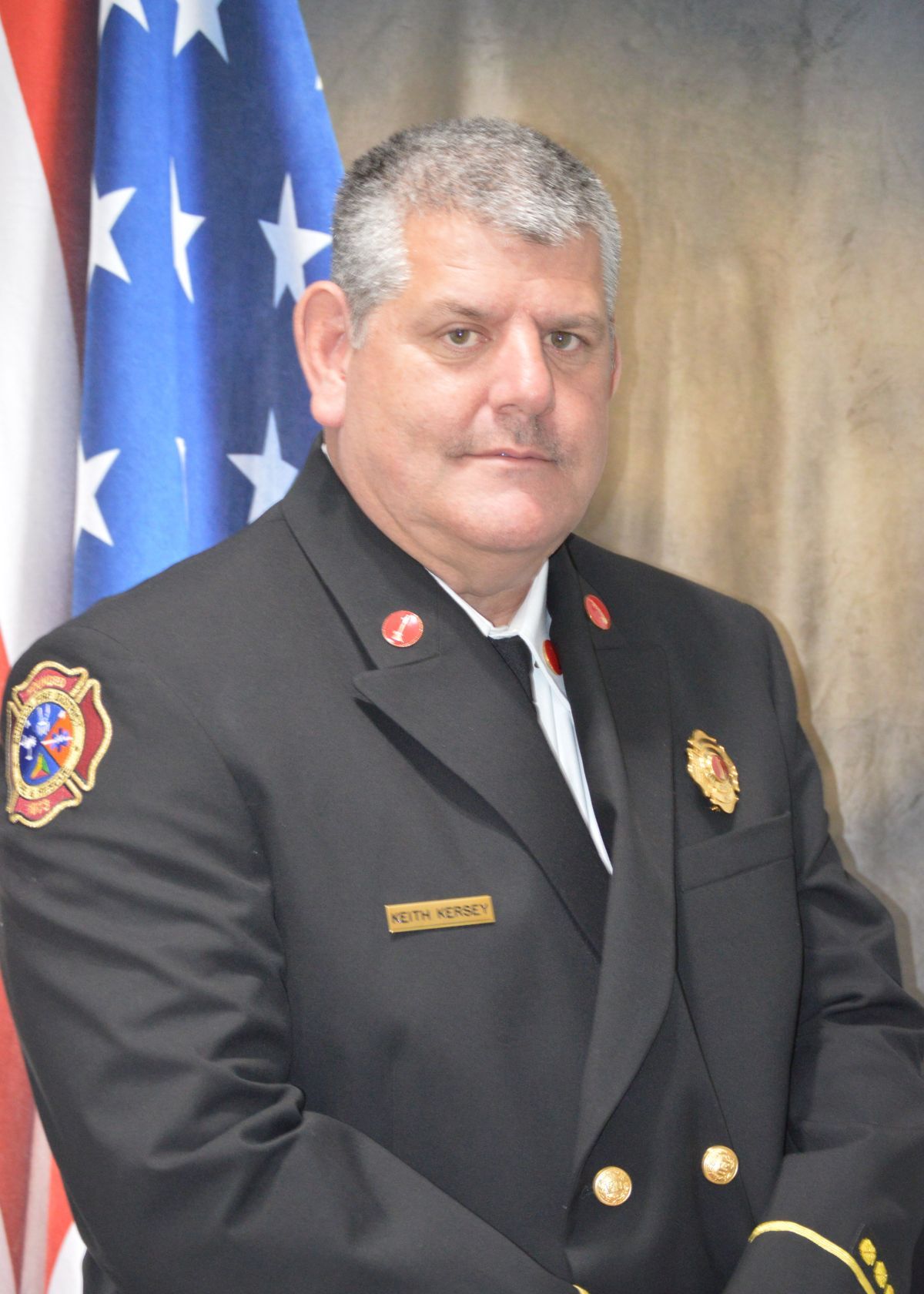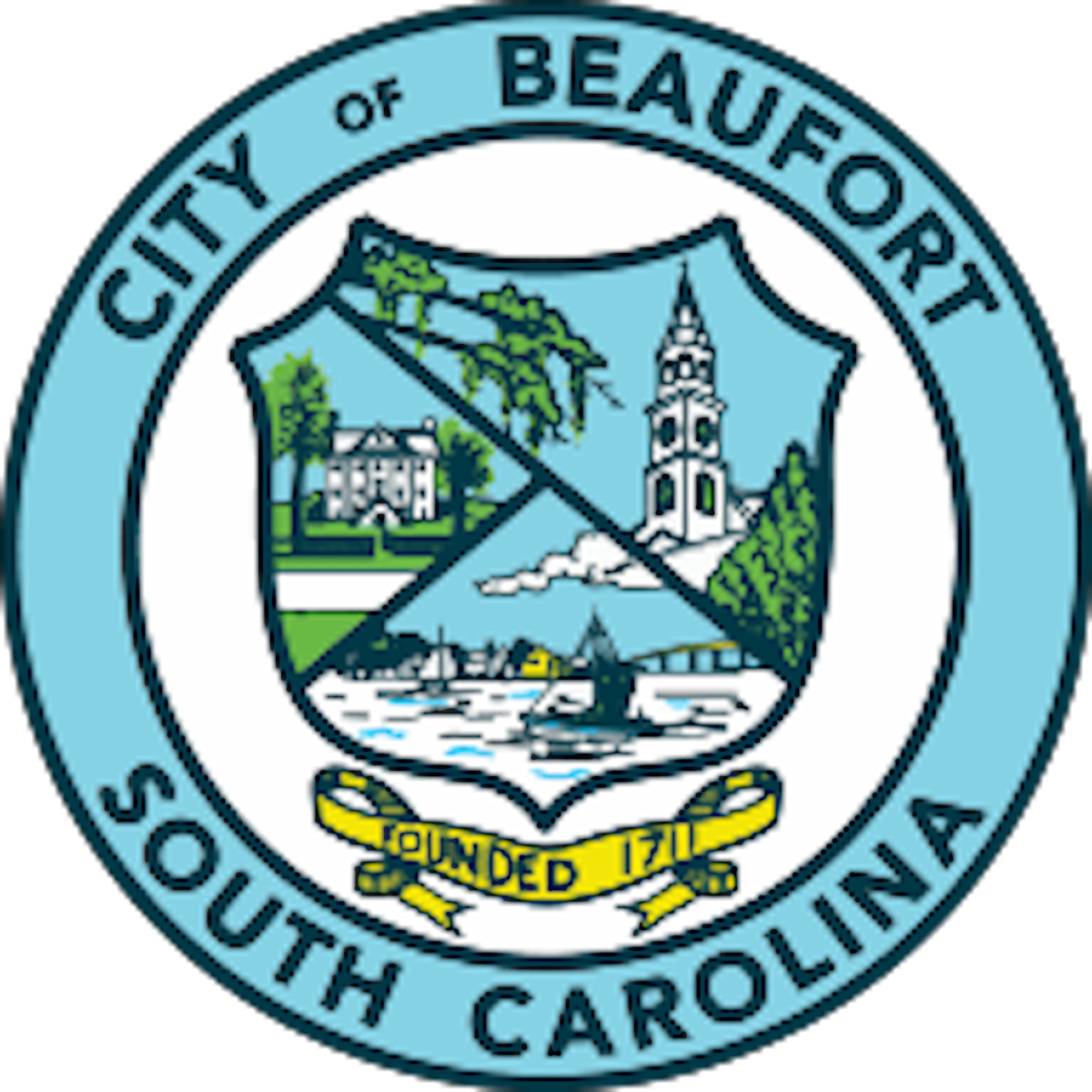Revolving Fund helps reinvest in Historic District properties
From staff reports
More than 15 years of conversations and friendship led to the acquisition and planned preservation of a 115-year-old Greene Street structure listed as contributing to the city’s National Historic Landmark District, according to a news release from the Histoic Beaufort Foundation.
The purchase is an important step forward in HBF’s continuing efforts to preserve and protect Beaufort’s cultural and architectural history through use of its Revolving Fund, HBF Chair Rob Montgomery said.
“Beaufort has grown attractive to many folks, and that equates to escalating prices for properties,” he said. “This puts pressure on properties like 1001 Greene Street to be lost to someone who wants to make ‘highest and best use’ of a parcel. And with construction costs at an all-time high, it is difficult for families to rehabilitate buildings like this that have been out of service for some time and have fallen into disrepair.
“HBF hopes to help save historic structures in any way we can,” he said. “We are excited that the City is initiating a program to subsidize current owners who take on the job of restoring the buildings, but we also welcome opportunities like this where we can actually take on a project with our Revolving Fund and save it for a new life.”
Built in 1910, the property at 1001 Greene Street changed hands some six times from 1917 until 1962 when Mary D. Dunbar of Hampton, S.C., bought the house from Viola M. Priester.
She founded and opened Dunbar Florist in Beaufort, where she worked until she retired. Dunbar Florist had two locations in Beaufort, one of which was located at 911 Charles Street, diagonally across from 1001 Greene Street. Dunbar was 100 years old when she died in 2019.
In 2016, Mary Dunbar and her niece Dr. Kathy Bass, visited HBF and met then-director Maxine Lutz. At that time, Dunbar was in her 90s.
The three women formed a strong relationship bound by their mutual interest in restoring and preserving the property. During their time together, Dunbar shared many stories about her time in Beaufort.
Lutz, now an HBF board member, guided the family to find resources and ways to protect the Greene Street house until it could be restored. Sadly, preservation efforts didn’t start before Mary Dunbar died.
“This is wonderful for the family to see their aunt’s memory honored and it’s a great day for Beaufort to see the home protected and soon actively contributing to the Historic District,” Lutz said.
In early May 2025, Bass emailed Lutz to let her know the Greene Street house was for sale and to inquire if HBF might be interested in buying it from her and her husband, Will. Lutz put Bass in touch with HBF’s new Executive Director, Lise Sundrla, and the relationship sprang forward.
“I was glad I got in touch with them. I was first inquiring if they knew of a local antiques buyer. Then we started talking about the house,” said Bass, assistant pastor of a Florida church.
“We wanted to be sure the house was taken care of the right way, and now we are sure that’s going to happen,” she said.
The sale closed June 18, but it was the friendship, connections and common goals that sealed the deal.
“Kathy and I had an immediate connection when we first spoke. We shared lots of family stories and stories of Beaufort and its history. Kathy shared memories about Mary and her desires to see the Greene Street house restored,” Sundrla said.
“Charles Street historically and today is an important neighborhood commercial corridor. It prospered in the early to mid-1900s with a mix of residential, retail and restaurants. By 1924, Charles Street and its commercial district supported Beaufort’s African-American middle class as well as a broad mix of the Beaufort community,” Sundrla said.
Bass said her aunt had a strong work ethic from an early age. “She started working when she was 11 years old and she loved flowers,” she said. “She started her florist shop with just two plants and built it from there.”
The acquisition of 1001 Greene Street follows other properties improved along Charles Street with HBF assistance and the use of its Revolving Fund. The special fund began in 1971 when the ca. 1800 Anchorage was threatened with demolition. A small group of HBF members and friends raised money to buy the building, then found a preservation-minded buyer. The sale included restrictive covenants to ensure the structure’s protection.
That project launched one of the Foundation’s most important roles, creating a dedicated fund to preserve Beaufort’s architectural and cultural heritage. Over the decades, the HBF Revolving Fund and Easement Program have preserved and protected dozens of historic structures in Beaufort.


